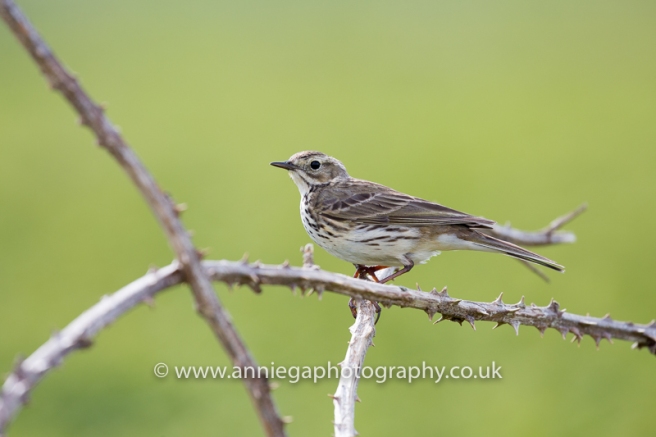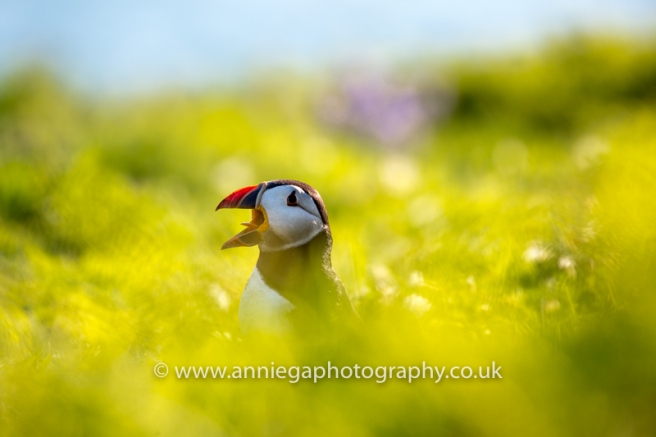The wildlife on Skomer island is amazing. I love the landscapes and the wildflowers, and (most of the time) the stripped-down lifestyle, but a large part of the magic for me is being able to walk out of the front door and see a small-eared owl hunting over the heathland, or hear a curlew calling from one of the ponds.
 In fact, wherever I go, whether it be the coast of California or my own back garden I am drawn to the living world, from humpback whales to red admiral butterflies. So it makes sense that I should seriously consider concentrating on wildlife photography, right? As it turns out, wrong. Having bought a large lens (Canon 100-400mm II) plus a 1.4 extender, and a weatherproof storm cover I realised a basic design flaw. In me, not the lens I hasten to add.
In fact, wherever I go, whether it be the coast of California or my own back garden I am drawn to the living world, from humpback whales to red admiral butterflies. So it makes sense that I should seriously consider concentrating on wildlife photography, right? As it turns out, wrong. Having bought a large lens (Canon 100-400mm II) plus a 1.4 extender, and a weatherproof storm cover I realised a basic design flaw. In me, not the lens I hasten to add.
This is hopefully the only thing I have in common with Donald Trump but I have very small hands. And my camera (a Canon 5D mk iii) plus lens plus converter, is heavy and cumbersome. After two days of using this combination more or less non-stop, my thumbs and wrists had the equivalent of shin splints. I am considering swapping to a super-telephoto compact but they all have very small sensors – apparently you can either have a full-frame sensor OR a big optical zoom but not both (unless you know differently in which case please let me know!)

In addition, I am a really impatient person. My undying admiration goes out to all those who perch motionless on a ledge for five hours, or even stay down crouching or on one knee for longer than a few minutes. Neither my body nor my mind can cope. Muscles start creaking and I get bored and wonder what I am missing out on elsewhere.



I also like context. I like including the landscape, the habitat, a sense of place in my wildlife images but it seems like that doesn’t work well for ‘proper’ wildlife photography which is all about the creature close-up, particularly for small repro in social media or even this blog.






Finally, as I’ve mentioned before, I like discovering new places and exploring different cultures. So the defining moment for me came when we boarded the boat back to the mainland. We met a guy disembarking, loaded down with heavily camouflaged gear. ‘That looks like serious intent,’ I said.
‘I’m looking for the Skomer vole,’ he said. The Skomer vole is notoriously difficult to find apparently, living in the heathland undergrowth which covers the island and only emerging for brief scurrying.
His wife chipped in resignedly: ‘I really, really hope he finds it this year. This is his seventeenth attempt. Then maybe we can go on holiday somewhere else.’
Beautiful photos. My wife and I were there a short time ago and we thought it was stunning.
LikeLike
Thanks Laura! It is truly amazing – we are so lucky such places still exist.
LikeLike